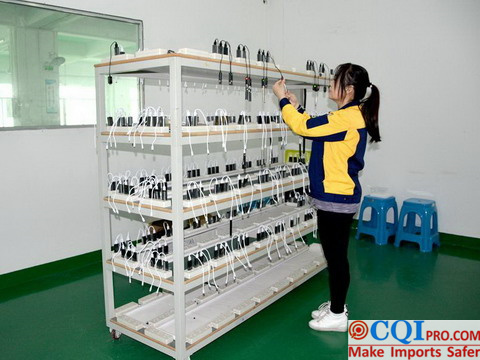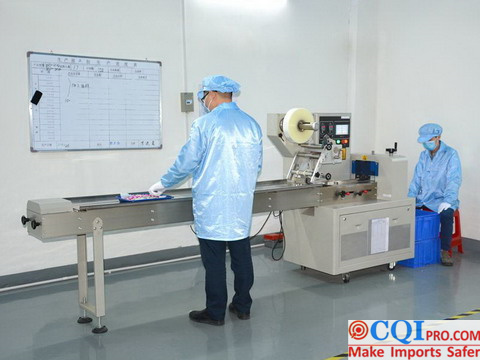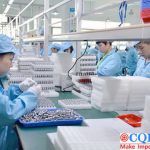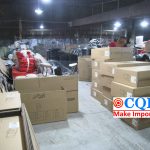The Tests for Lighter Inspection Must be Strictly Controlled
A lighter is a manually operated ignition device that uses petrochemical derivatives as fuel and is typically used to light cigarettes, cigars and pipes in a deliberate manner, as well as to light paper, wicks, candles and lanterns. The way of ignition is divided into a grinding wheel type and a button type, both of which satisfy the user’s need for two or more independent operations to generate a flame, so as to avoid the possibility of accidental ignition or auto-ignition. In lighter inspection, the stability of the ignition device is checked to predict the user’s time usage.

Lighter Inspection - Test Items
1.The test to prevent children from opening the device
Sensory test, observe whether the child’s opening device is loose or not, and make the lighter fire at least three times; if the sensory test is qualified, continue to perform non-sensory test according to BS EN 13869:2002. Eligibility criteria include: prevention of child opening devices should be free of looseness; at least two separate actions are used to complete the ignition; the ignition mechanism is automatically reset after each operation.
2.Burning height test
Including fire height test, explosion fire, splashing fire and flashover test, flame extinction test,the test methods and qualification criteria, please refer to SNT 0761.1-2011 export dangerous goods lighter inspection procedures. The flame extinction test can be carried out in the lighter inspection at the factory site.
3.Drop test
It can be divided into two parts. The first part is operated in the laboratory and needs to be kept at a certain temperature for more than 10 hours. For specific operation, please refer to SNT 0761.1-2011 Export Dangerous Goods Lighter Inspection Procedure.The second part is operable in lighter inspection. The sample is free to fall from the (1.5 ± 0.1) meter height to the concrete surface, respectively,throwing to fall vertically, vertically downwards and horizontally.Drop in three ways and finally place them in the balance measuring system to check the weight.
The eligibility criteria include: no fuel tank rupture, bursting or spontaneous combustion; the fuel leakage rate should not exceed the requirement within 5 minutes after the drop test; the sample with casing should be closed during the fall.
4.Temperature test, continuous combustion test, pressure test, fuel capacity test, repeated gas injection test, fuel compatibility
For test methods and qualification criteria, please refer to SNT 0761.1-2011 Export Dangerous Goods Lighter Inspection Procedures.
5.Cycle combustion test
Adjust the flame height to 50 mm, then adjust to the maximum height when the maximum flame height is less than 50 mm; ignite the sample so that the flame is upright and burn for 20 seconds; extinguish the sample for 5 minutes; repeat the above test for 9 times to make the total number of trials 10 times. The final result should not have any flame defects.

If one of the above test items fails, the bulk goods must be reworked to prevent the importer from receiving quality complaints,so the role of lighter inspection is obvious.In the early stage,the importer also had to master the production and equipment of the factory and arrange a third-party inspection to conduct a factory audit fairly,which will show a detailed information of the factory to them.
CQI5 is committed to providing importers worldwide with product quality inspection services that far exceed those of our peers. If you are planning to import or have imported from China or Southeast Asian countries, please contact us cs’@’cqipro.com to learn more about how we can make your imports safer.
This article is an original article for CQI Inspection, who is committed to providing high-quality product inspection technology and know-how sharing for global importers and retailers to make imports safer.
All rights reserved. The contents of this website provided by CQI Inspection may not be reproduced or used without express permission.
For reprint, please contact with CQI Inspection, thank you.





